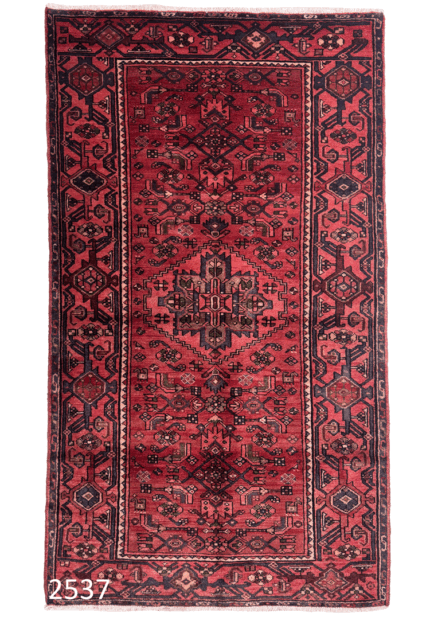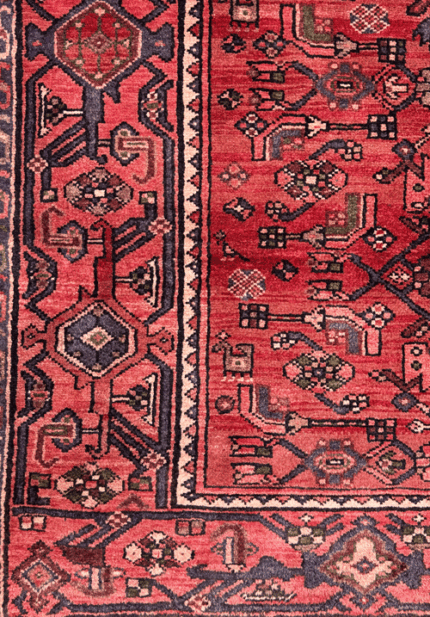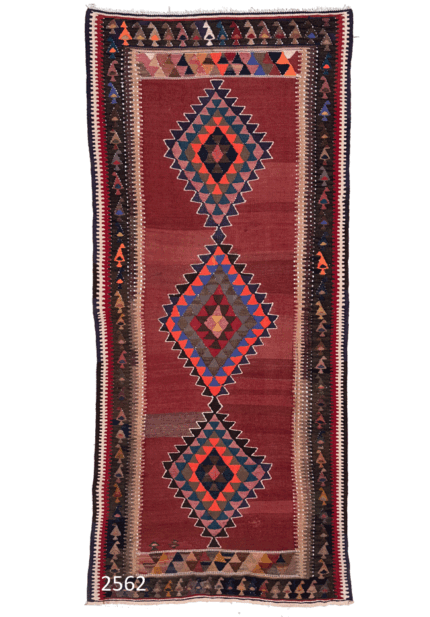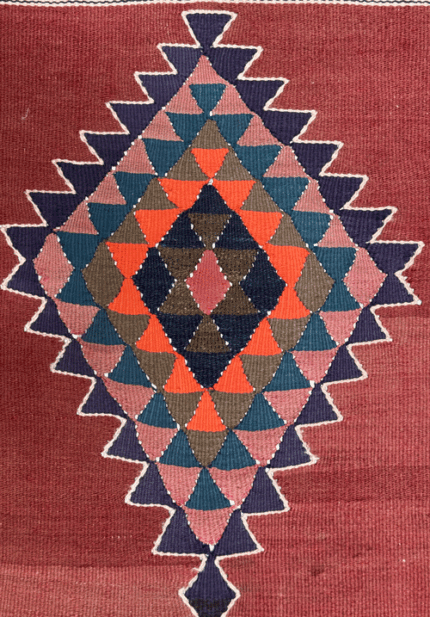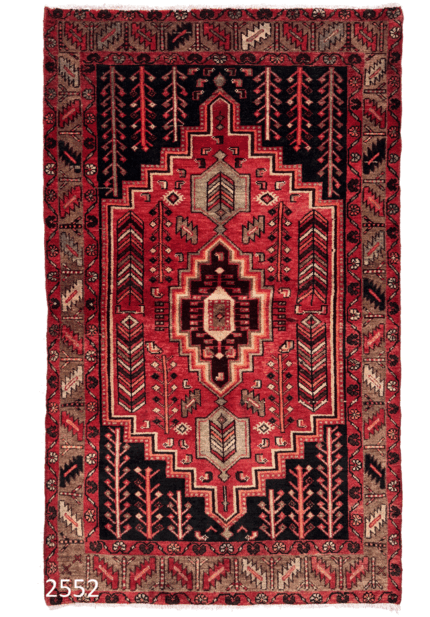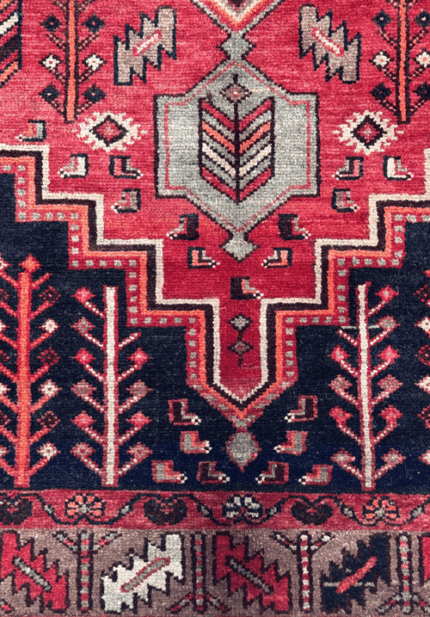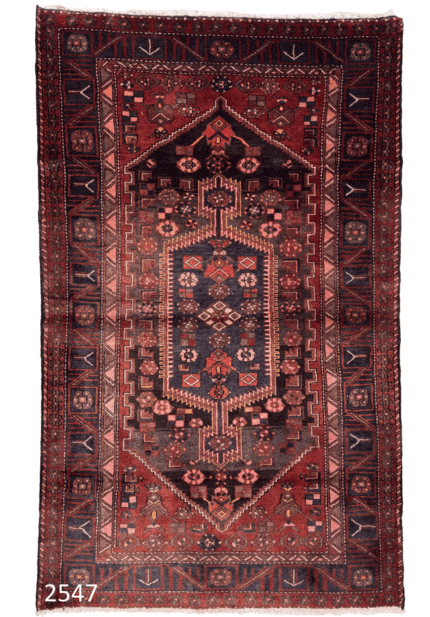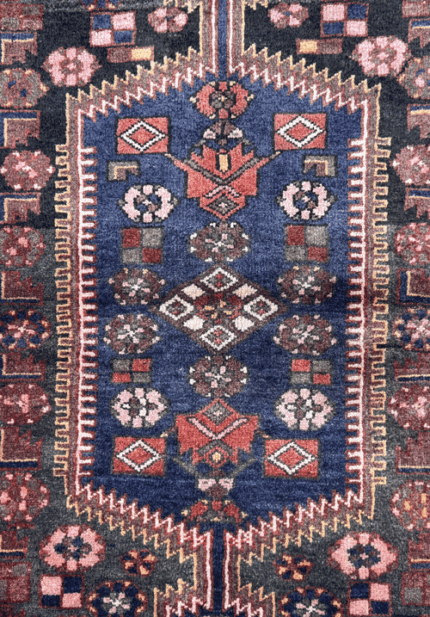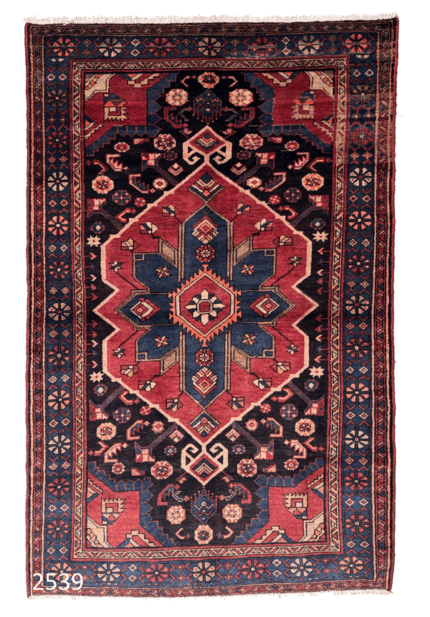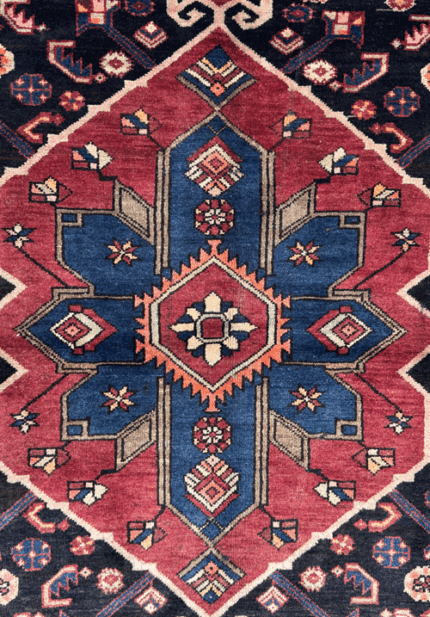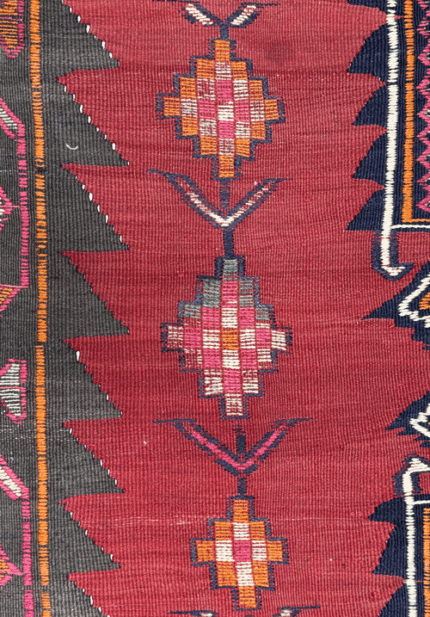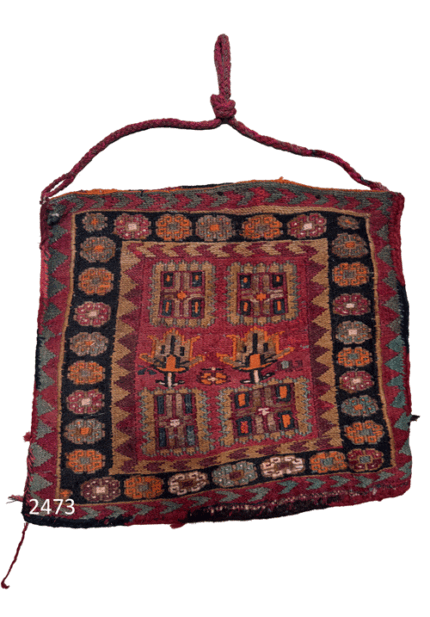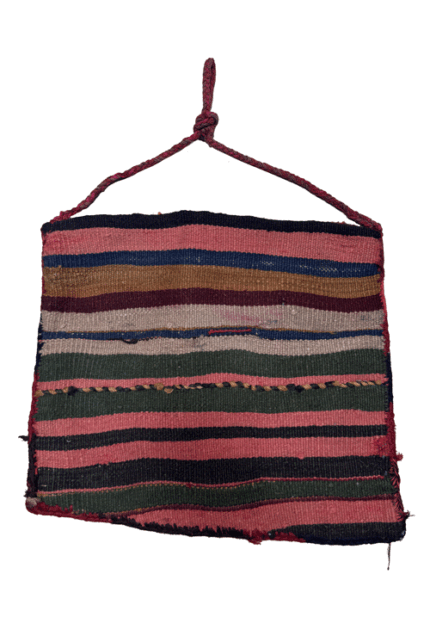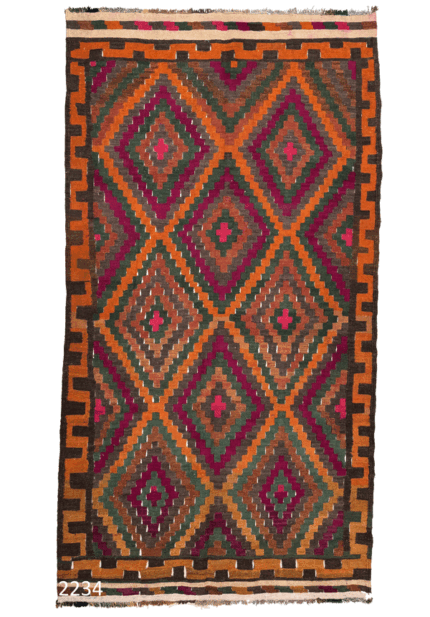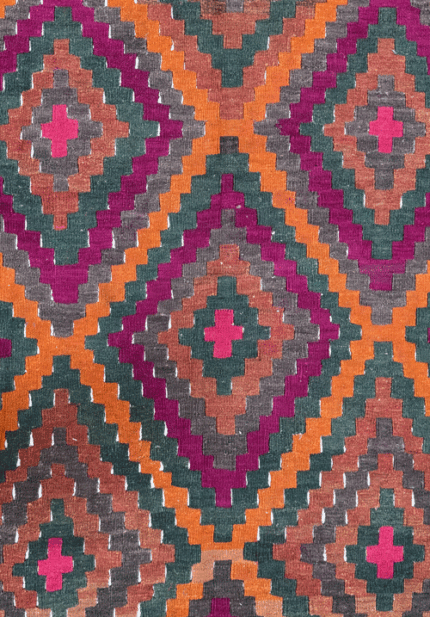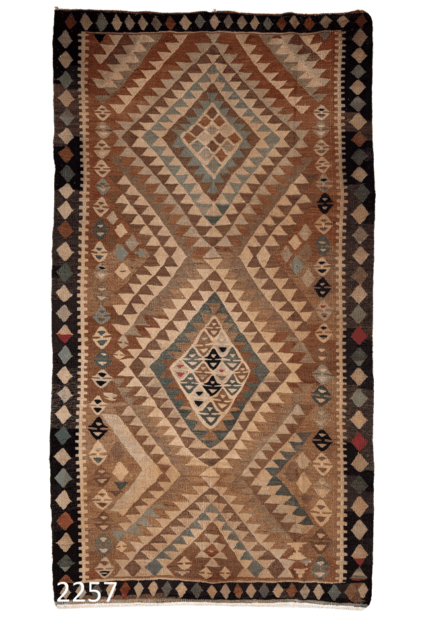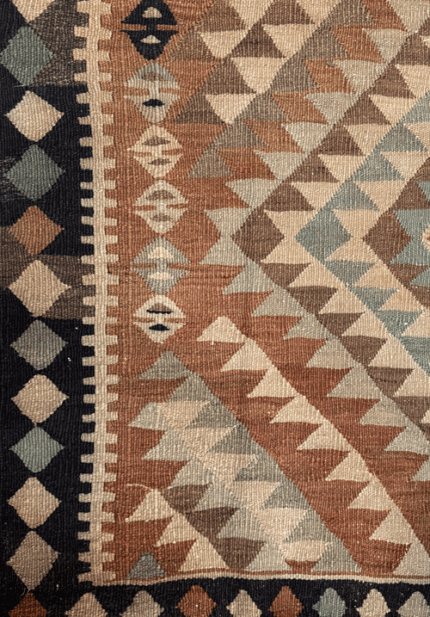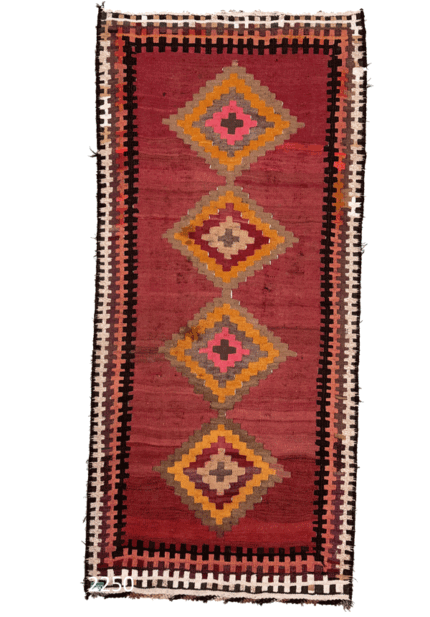Zanjan
Showing 1–12 of 140 resultsSorted by latest
Zanjan Rugs and Kilims: Geometric Clarity and Tribal Precision from Northwestern Iran
Located in northwestern Iran, the historic city of Zanjan is home to a diverse mix of Iranian ethnic groups, including Shahsavan, Afshar, Tat, Kurdish, and Bakhtiari communities. This cultural variety has given rise to a weaving tradition rooted in geometric design, tribal structure, and bold visual language.
The Shahsavan tribes are the most prolific weavers in the province, producing the majority of Zanjan’s carpets and kilims. The finest examples come from the regions of Qaltuq and Bidganeh, with other key centers of production in Tarom, Abhar, and Zanjan city itself.
Zanjan rugs are characterized by their bold geometry—featuring strong central symmetry in overall layout, while allowing for asymmetrical details in the inner motifs. The most common pattern is Lachak-o-Toranj (medallion and corner design), often paired with the Mahi (fish) motif repeated throughout the field. Two dominant colors—deep red and navy blue—form the backbone of most Zanjan carpets and kilims.
Designs typically include either a large central medallion or a sequence of repeating toranj forms, with the top of the medallion sharply defined—a recognizable visual cue in many Zanjan pieces. While wool pile and cotton warps are standard, almost all contemporary rugs from the region are now made using chemical dyes, known for their saturated and high-contrast appearance.
Though less internationally known than neighboring regions, Zanjan’s tribal carpets offer a compelling blend of technical balance, rugged durability, and visual clarity, especially for those seeking high-impact geometric Persian designs.

